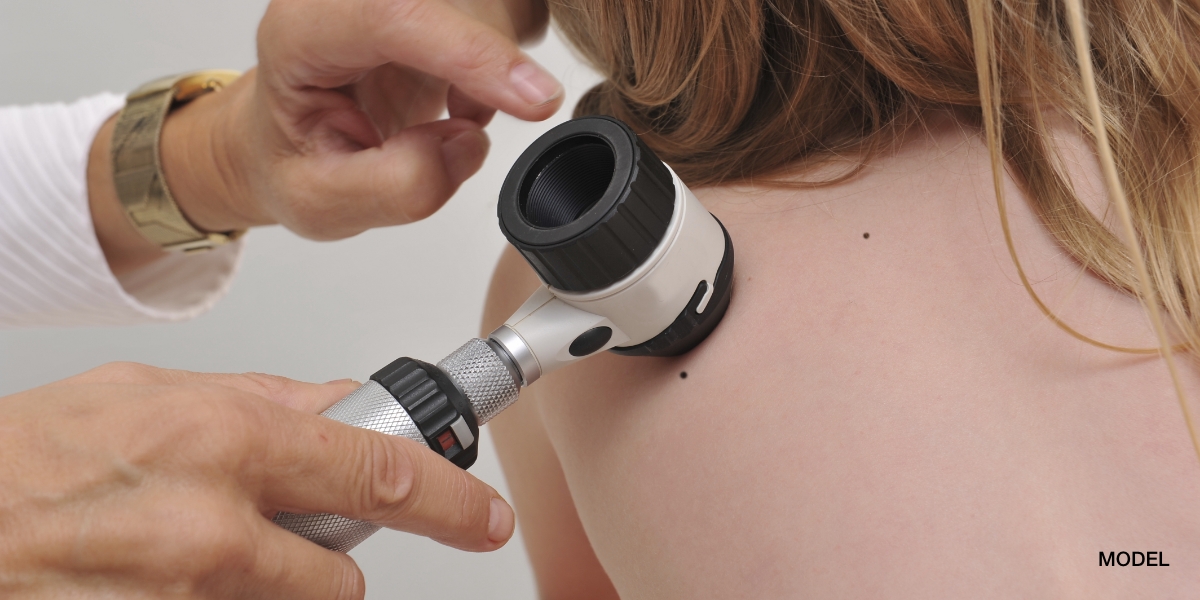Xerosis, dry skin, is one of the most common causes of Eczema and I encounter this form daily in both my The Woodlands dermatology and Conroe dermatology offices. Xerotic Eczema is also called “Winter’s Itch” as the decrease in humidity during the Winter and increase usage of heaters exacerbates this condition. Clinically, Xerotic Eczema appears very dry and usually has fine fissures and cracks traversing through the eczematous plaques. The extremities are the most common sites involved by Xerotic Eczema. Hydration of the skin is of utmost importance in treating Xerotic Eczema. I counsel my patients to avoid high detergent soaps such as Dial, Ivory and Irish Spring and use a synthetic soap with a more neutral pH such as Dove body wash. Topical emollients such as Lubriderm and Aquaphor are used at least twice a day to moisturize the skin. A topical steroid is typically prescribed to treat the inflammatory response in the Eczema.





